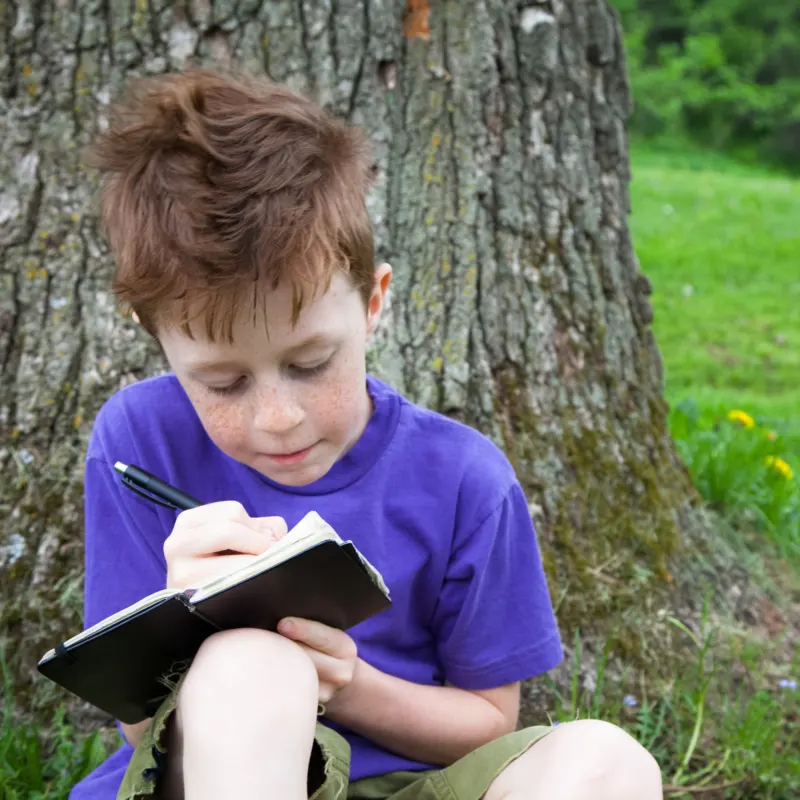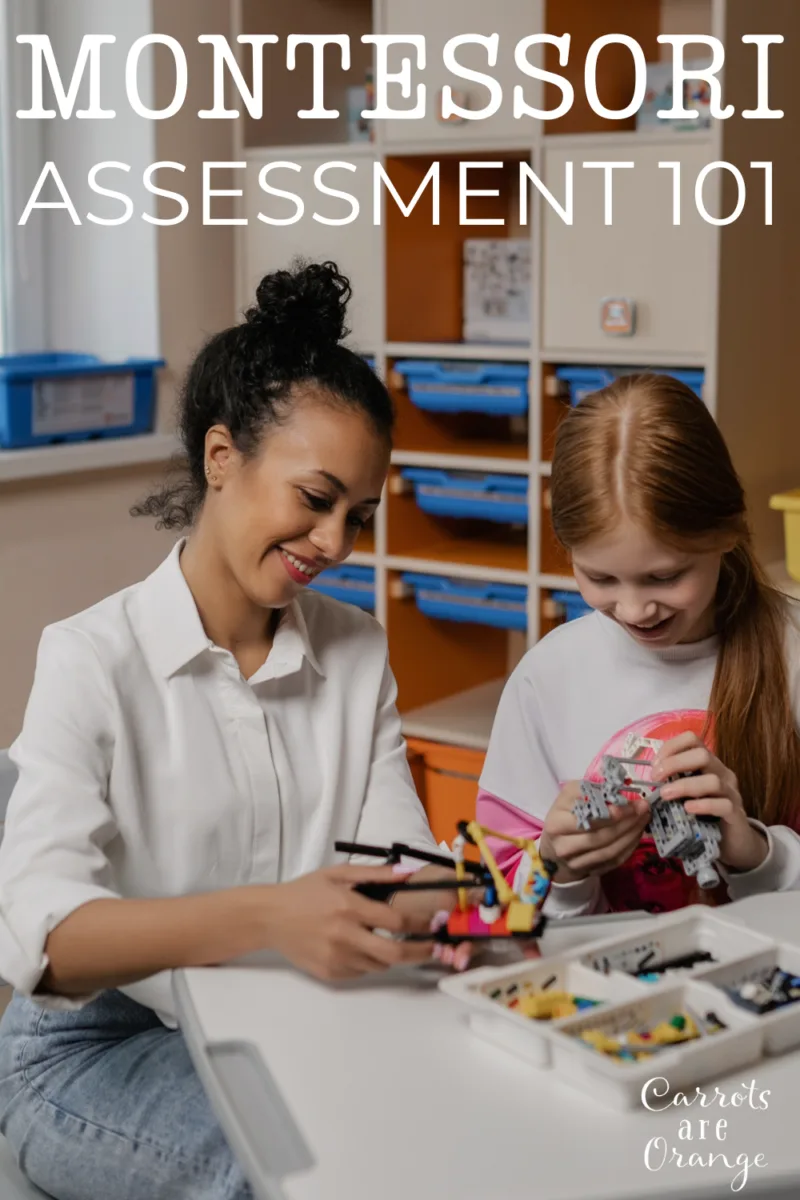Assessment in the Montessori environment is often quite different from traditional educational settings. Rather than relying heavily on formal testing, Montessori teachers tend to use more informal, observational methods to assess individual student progress over time.

What is the Montessori method of assessment?
The Montessori method of assessment is distinctly different from traditional methods of assessment that often rely heavily on formal testing and grading. Instead, Montessori emphasizes individual progress and development, with a focus on helping each child reach their full potential.
Key Elements of the Montessori Assessment
- Observation: The most common method of assessment in Montessori education is observation. Teachers observe children as they work independently and in groups, paying close attention to their choices, their concentration, their mastery of materials, and their interactions with others. Teachers use these observations to understand each child's interests, strengths, and areas for growth, and to inform future instruction.
- Individual Progress: Instead of comparing children to each other or to an arbitrary standard, the Montessori assessment focuses on individual progress over time. Teachers track each child's development in various areas and note progress from where the child started.
- Portfolios: Montessori educators often use portfolios to document each child's work and progress over time. These might include photographs, samples of work, and notes about the child's learning experiences.
- Self-Assessment: Self-assessment is an important part of the Montessori approach. Children are encouraged to reflect on their own work and progress, helping them to develop self-awareness and responsibility for their own learning.
- Student-Teacher Conferences: Montessori teachers often have one-on-one conferences with students to discuss their work and progress. These conversations can provide valuable insights into the child's understanding and self-perception.
- Performance-Based Assessments: Instead of relying on tests, Montessori educators often assess skills and knowledge through practical, hands-on tasks. For example, a child might demonstrate their understanding of fractions by working with the fraction materials.
- In all of these ways, the Montessori assessment is designed to respect and support the individual child's learning journey, providing meaningful feedback to guide their ongoing development.

Montessori Tools and Techniques for Assessment
Here are a few assessment tools and techniques that could be used to assess math skills in a Montessori environment:
- Observational Records: Montessori teachers spend a significant amount of time observing students as they work independently. They take notes on the child's ability to choose appropriate materials, their concentration and persistence, their ability to correct their own mistakes, and their understanding and application of concepts. These notes can provide valuable insight into a child's progress.
- Work Records or Journals: Children can maintain records of the work they've done, including math activities. These records could include dates, names of materials or activities, notes on how they felt about the work or even photos of their work. Over time, these records provide a concrete look at the child's progress.
- Math Portfolio: A portfolio is a collection of a student's work over a period of time. It might include photographs of their work with Montessori materials, copies of their written work, and any other evidence of their learning. It provides a visual record of the child's progress.
- Checklists: Teachers can use checklists based on the scope and sequence of Montessori math lessons. These checklists track when a child is introduced to a new material, when they practice with it, and when they've demonstrated mastery of the concept.
- Self-Assessment Tools: Montessori emphasizes self-directed learning, so it's fitting to include self-assessment tools. These could be simple forms or charts where children reflect on their comfort with various math concepts or skills.
- Performance Tasks: These are authentic, hands-on tasks that require students to apply their math skills in practical ways. For example, a child might use their knowledge of measurement and number operations to plan a small vegetable garden.
- One-on-one Discussions or Interviews: Sitting down with a child for a casual conversation can provide a lot of insight into their understanding. You might discuss recent work, ask them to explain a concept in their own words, or ask them to solve a problem verbally.

Remember, Montessori education emphasizes the growth and development of the whole child, so these assessments should be used as tools to help guide each child's individual learning journey, not as rigid benchmarks they're expected to meet.
